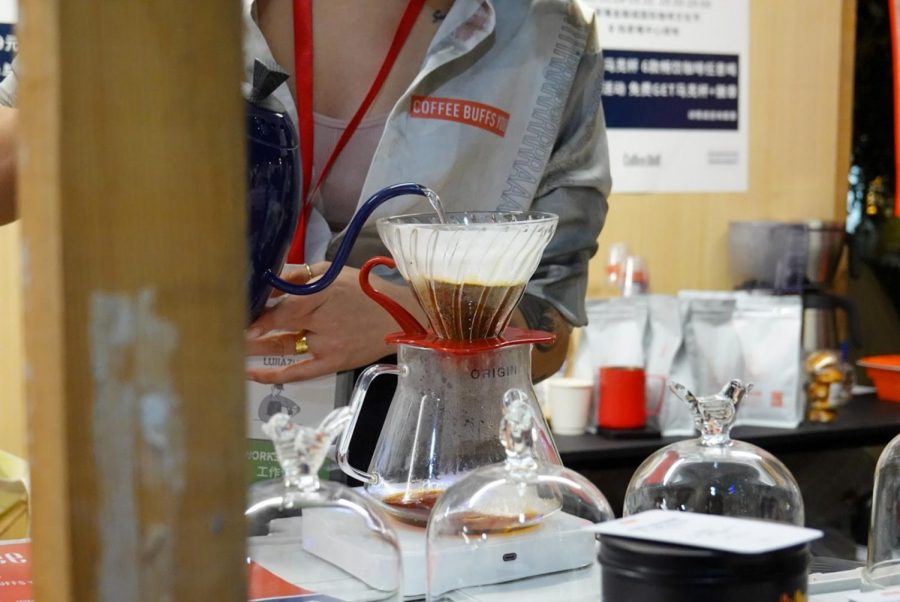Shanghai’s experimental, fast-paced coffee culture
With 7,000 coffeeshops — more than any other city in the world — Shanghai’s coffee scene is defined by innovation.
A barista at Coffee Buffs filters coffee. With more than 7,000 coffee shops, Shanghai is the city with the most coffee shops in the world. (Photo by Claire Yao)
November 2, 2021
SHANGHAI — Coffeehouses became popular in the Middle East and Europe during the 16th century after coffee was supposedly discovered by a caffeinated goatherd in Ethiopia. Regardless of its origin, the drink did not reach Shanghai until three centuries later — but the coffee culture of the metropolitan, migrant-based city is thriving. Aside from being home to the world’s largest Starbucks, the city’s numerous independent shops have mastered taking raw coffee flavors and incorporating Shanghainese tastes.
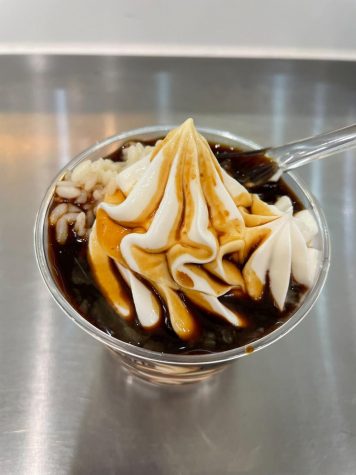
This can take the form of inventive drinks like yogurt coffee, which combines yogurt and espresso with sweet fermented rice on the side. Using a spoon as my barista suggested, I savored the layered flavors: bitter to sour to sweet. With each taste, I was reminded of Shanghai’s participation in what baristas call the fourth wave of coffee, which emphasizes precision in brewing and perfecting special tastes through innovative techniques.
Self-proclaimed coffee enthusiast and CAS senior An Yi explored Shanghainese coffee during his Go Local experience last year.
“There are a lot of independent coffeeshops in Shanghai that have respective focuses,” Yi said. “These are wider varieties in coffeeshops that you rarely see in NYC where large coffee chains dominate.”
Yi judges Shanghainese coffeeshops by three criteria: flavor, creativity and atmosphere. He says cclab, Drippers, and 百啡待兴 (100FFEE CAFE) focus solely on perfecting coffee bean extraction for rich flavors, while artisanal shops like OPS and 村口大树 are more original and willing to develop bolder inventions. 两光, he believes, draws locals together by allowing pets and regularly holding exhibitions.
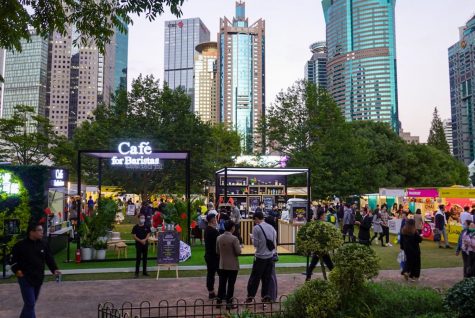
Shanghai coffee is brewed to fit local tastes. Kat Valachova, an NYU Shanghai senior from Prague, found the coffee bean flavors to be novel.
“Coffee beans here have their own Chinese flavors,” Valachova said. “When you read the descriptions under the coffee packs, they say things like red potatoes and black sugar.”
Apart from the flavor, Valachova also noted how bean roasts in Shanghai are not as intense as European standards.
“Although they might sometimes call it dark roast, it is actually very light compared to Italian dark roast,” Valachova said.
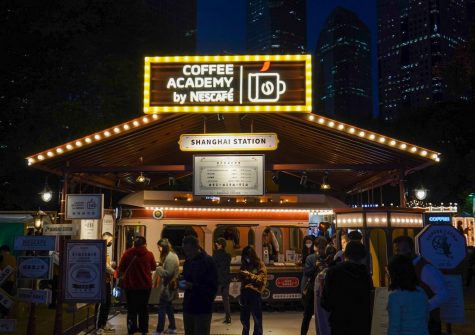
Compared to New York City, I also found that the lighter roast better reflected the fruit flavors in the coffee. I visited 嘿咖啡 (Follow), a coffeeshop run by two Shanghainese baristas, and tried their famous Shanghai Americano made with a three shots of espresso instead of the standard one. The diluted bitterness gives the drink a light and refreshing taste that locals enjoy.
NYU Abu Dhabi junior Chenhe Gu explained what makes the Shanghainese approach to flavor distinct.
“In the U.S. and Australia, it’s more typical to see innovations in things like coffee beans that create nuanced differences in taste that regular coffee buyers cannot recognize,” Gu said. “But in Shanghai, they would take on wider mixes like coffee with alcohol, coffee with tea and even milk tea.”
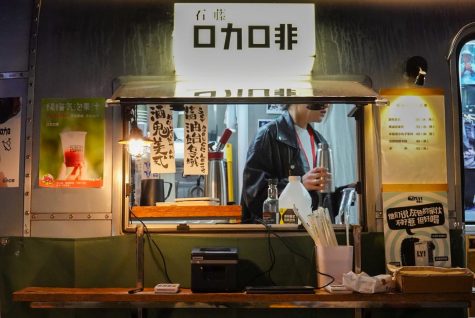
While drinks that mix coffee with alcohol can be traced back to the 20th century, baristas in Shanghai today are inventing new coffee cocktails.
Gu believes that OPS, an artisanal coffeeshop serving seasonal drinks, plays a leading role in the rise of spiked coffee cocktails. Their signature drink, Perci, is a mixture of cold brew, white grape liqueur, Japanese plum wine, dill, fresh lemon and linden honey. OPS’s popularity is drawn from its younger customers who come to socialize with plenty of caffeine and booze.
Like New York City, Shanghai is fast-paced — baristas assume that most customers want their coffee to go. Enjoying a picturesque cup of coffee while watching the busy streets can be a challenge, as the shops are not designed for lounging. Valachova misses the leisurely Prague coffeehouses where she would spend a whole day.
“I feel like here they make sure you have these small tables that are hard to work on,” Valachova said. “You can have your coffee and check your phone for a while, but you feel the urge to leave once you’re finished.”
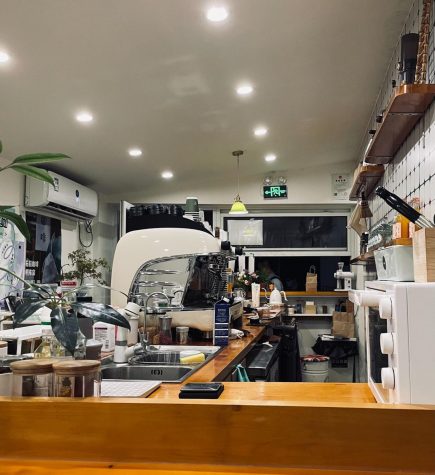
Some Shanghainese coffeeshops that profit from social media trends threaten the quality of the coffee.
“There are a lot of internet-popular shops, or 網紅店 in Chinese, who utilize media exposure for fast money and care nothing about the quality of coffee,” Yi said.
“Shops would add large amounts of syrups to disguise defects caused by low-quality beans,” added CAS junior Alina Yu, who used to work at a coffee chain.
To make matters worse, these internet-popular cafes are often recommended on 大眾點評, a Chinese version of Yelp. Valachova said that tasting an espresso shot is a quick way to evaluate if a cafe is legit.
“Espresso judges a cafe,” she said. “If a cafe has really good shots of espresso, there is a high chance that they really know what they’re doing.”
Overhyped shops aside, Shanghainese coffee is the real deal. Whether I’m following a friend’s recommendation, stumbling upon a cafe or scouring 大眾點評, Shanghainese coffee rarely disappoints.
Contact Claire Yao at [email protected].

























































































































































